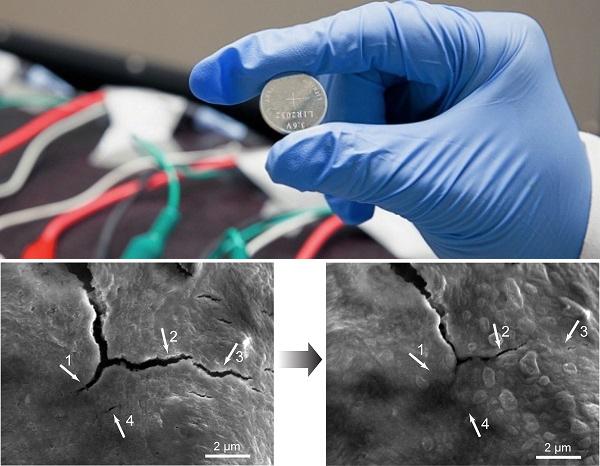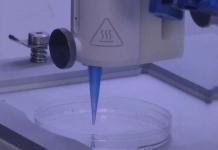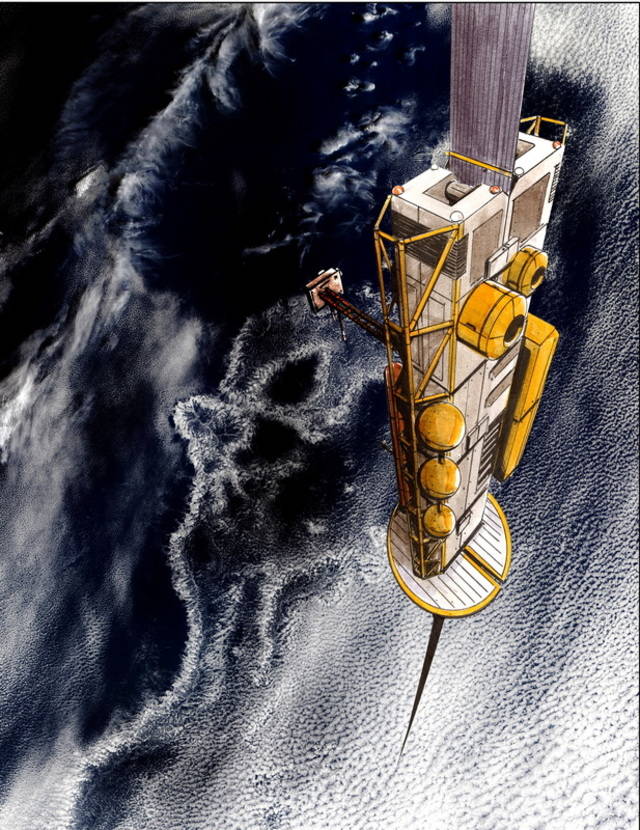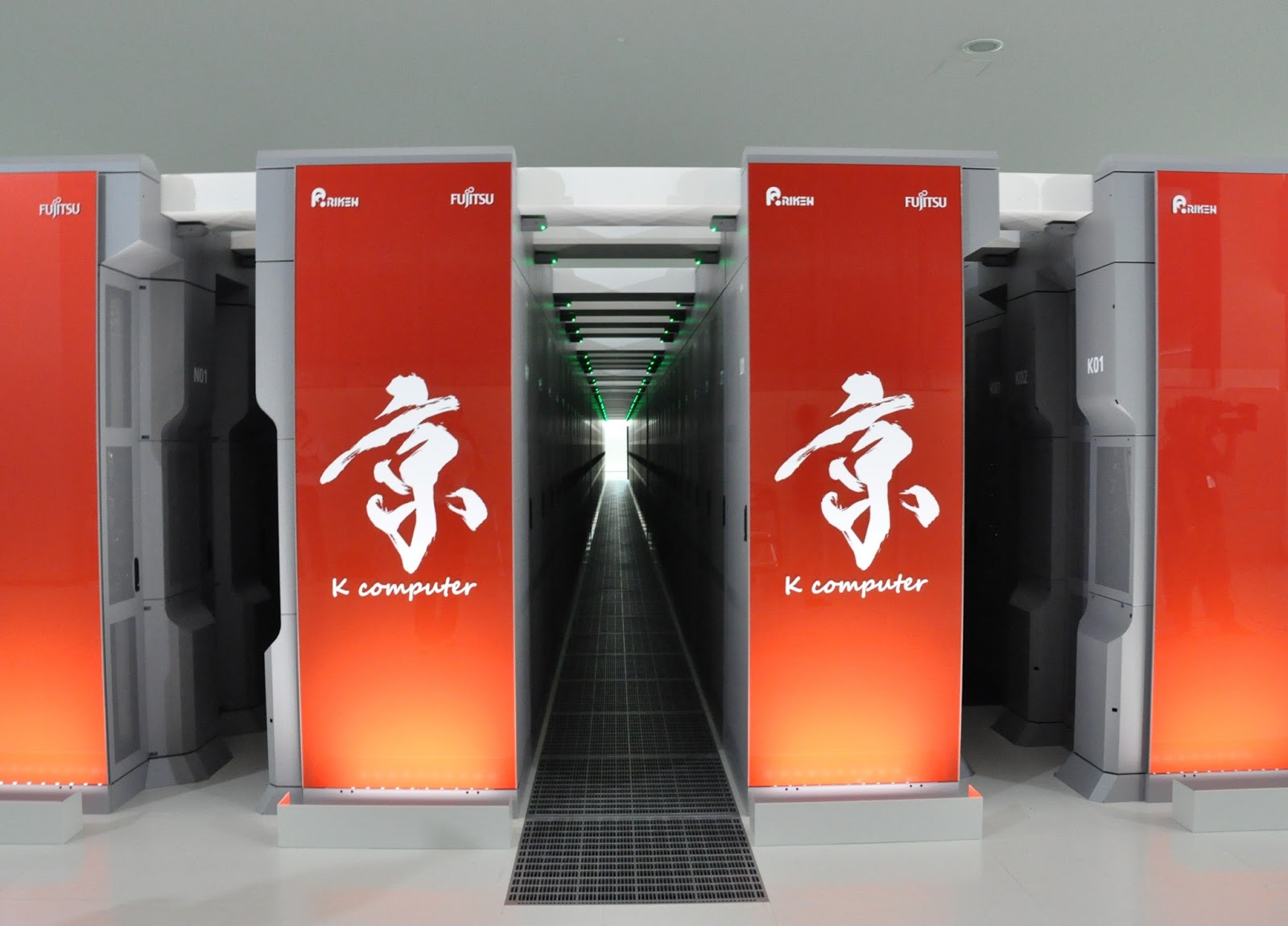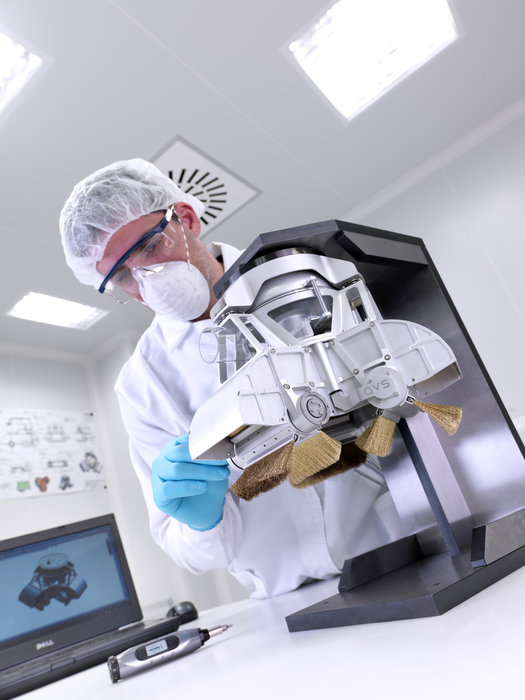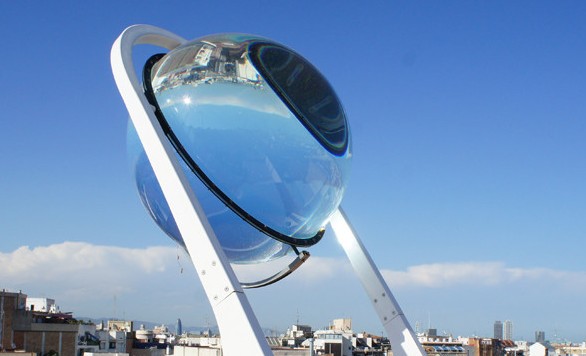Looking to solve the problem of batteries that stop working after a long period of time, a team of scientists at Stanford have created a ‘self-healing’ battery.
Batteries that stop working, are possibly one of the biggest reasons that people have for replacing their tech. Even if the majority of the phone itself is in tact, one thing that can often happen from charging its battery over many years is that it just fails to work altogether. Too, this can cause problems not just in that the phone will cease to work altogether but that it may only work half as well as it is meant to. Causing a huge problem to those who have work related reasons to use their phone (or for those who travel a lot), a team of scientists at Stanford University have found a solution by creating ‘self-healing’ batteries.
The Department of Energy’s (DOE) SLAC National Accelerator Laboratory, a part of the prestigious Stanford University, a team led by Chao Wang, who is a member of the Stanford Institute for Materials and Energy Sciences and who is also one of the researchers behind the project, worked on the idea because it’s important for the survival of plants and animals, according to Wang. Inspired by this, the team sought to look for a solution for batteries that stop working, something that is usually caused in lithium-ion batteries by the process of charging, which causes the silicon electrodes within the battery to expand and shrink, eventually cracking the silicon enough and making it unable to store electrodes.
The team’s solution is that they have created a stretchy polymer that can be wrapped around the electrode, binding it and thereby ‘healing’ the cracks that have formed. Yi Cui, an associate professor at SLAC and Stanford says that “[The project is] still quite a way from the goal of about 500 cycles for cell phones and 3,000 cycles for an electric vehicle, but the promise is there, and from all [their] data it looks like it’s working.” If the project is successful even further, it could potentially help with the batteries in phones and cars, keeping them working for longer and solving an expensive-to-repair problem.
We’ll keep you posted once we know more.
Source: SLAC National Accelerator Laboratory
Read more on walyou, Daisy-Chain Solar Panels to Charge Batteries Faster, Duracell & Energizer Batteries to Be Replaced by USB Gadgets

